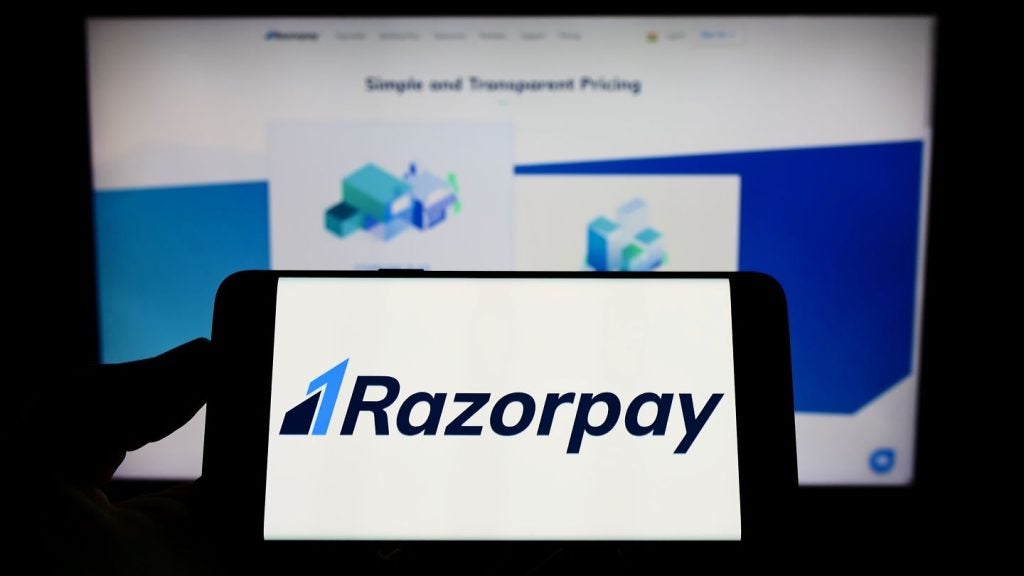With an improving economic climate, healthy asset quality,
a growing segment of card-friendly young consumers and new Islamic
products entering the market, Malaysia’s credit card issuers are
bullish about the future, despite competitive pressures. Titien
Ahmad reports.
Ten years since the Asian crisis of 1997/98, Malaysia’s retail
customers are cautiously optimistic. The economy is growing
steadily, with GDP growth of 6.7 percent in the fourth quarter of
2007. The Kuala Lumpur Composite Index – an aggregate of local blue
chip stocks – reached a 13-year high in that same quarter.
The country’s healthy economic growth, a stronger ringgit (the
local currency), recent salary increases for civil servants and the
removal of real property gains tax have boosted consumer
confidence. However, people are still fretting over the pending
national elections, low real growth in disposable income for the
average Malaysian and the recent bubbling-over of racial tension.
These factors seem to temper any optimism built up from the
positive economic environment.
This scenario is played out in the cards business in the
peninsula. The number of card transactions nearly doubled from
126.85 million in 2002 to 215.14 million in the first 11 months of
2007. By comparison, the growth rate for average transaction values
is only 22 percent (from MYR208.31 ($63.40) to MYR253.95) over the
same period, reflecting Malaysians’ cautious economic outlook.
This has not stopped card issuers from putting credit cards into
the hands of the customers. There were 9.8 million cards in
circulation as of November 2007 compared to 2.82 cards in 2000. The
card issuers are optimistic that the younger market – Malaysia has
one of the largest youth population in the region – will appreciate
the benefits of having a credit card. Issuers such as CIMB and OCBC
are offering fee-free-for-life credit cards to graduates and tying
the card to a broader lifestyle proposition involving the issuer,
such as low initial repayment mortgages and youth-oriented benefits
and rewards.
According to Perry Ong, general manager of credit cards for
financial services group AmBank: “Credit cards will remain the most
important driver of growth, generating interest earnings for banks,
but we are already facing diminishing fee income, as more and more
free-for-life cards are proliferated by local and foreign banks
alike. “

US Tariffs are shifting - will you react or anticipate?
Don’t let policy changes catch you off guard. Stay proactive with real-time data and expert analysis.
By GlobalDataOng sees huge potential in the local cards market. He said: “The
market consists of approximately 18 players, including two
non-banks, generating MYR47.6 billion in payment card transaction
value against a 2006 GDP of MYR546 billion (out of which 45 percent
is attributable to private consumption). Cash and cheques still
dominate the market. There are only fewer than 10 million cards
generating nearly MYR20 billion in receivables outstanding and this
makes up only 5.9 percent of total household loans.”
The pole position for cards in circulation was hotly contested
in 2007. Citibank Malaysia was the market leader in terms of card
issuance for a number of years, but was trumped recently by
Maybank, which purchased American Express’s cards portfolio.
Maybank is the largest bank in Malaysia, with over 360 domestic and
88 international banks, but had always trailed Citibank in terms of
card issuance, which had been able to capture the market lead with
only three branches. HSBC is the third-largest issuer with more
than 950,000 cards in circulation.
Vipin Agrawal, cards business director for Citibank, told CI:
“For us it’s not just the number of plastics but how loyal our
customers are, which reflects in the card usage share of the
industry. We are number one with approximately 20 percent market
share. Holding leadership in market share is an enormous challenge
as customers are looking for the best value. There is not one
competitor to single out but there are number of local and foreign
banks that are aggressive. We are focusing on how we can continue
to differentiate ourselves in customers’ minds.”
Competition from all sides
The competition is now not just between the foreign and local banks
but also from the new entrants. Foreign banks compete on their
“capability to adopt ‘ready-for-use’ regional programme roll-out”,
Ong pointed out, while aggressive non-banks compete on speed to
market in system and product innovation.
One such entrant is Tune Money, a subsidiary of budget airline
Air Asia. While focusing on the prepaid card segment, Tune Money
looks to target people whom card issuers have missed. “At the
moment, a significant proportion of the Malaysian working
population do not carry a credit card, either because they earn
less than MYR1,500 a month and do not qualify for one or because
they are afraid of the credit card debt spiral,” said Tengku Zafrul
Aziz, chief executive officer for Tune Money, at the launch of the
prepaid Tune Card.
Cardholders can apply for the card and pick it up for an initial
load of MYR50 from post office branches throughout Malaysia. They
are charged an annual fee of MYR9.99 and need to maintain a minimum
balance of MYR10 on the card at all times. They can reload their
cards through online and offline payment facilities provided by
MayBank, CIMB Bank, Pos Malaysia and Bank Simpanan Nasional.
There are plans to add features to the Tune Card such as
international money transfer, transportation payment, fund transfer
between cardholders, bill payments, mobile reloads and a loyalty
programme, which will make it attractive to credit-wary
customers.

Islamic credit cards no longer an anomaly
The market will also see an increased number of launches of Islamic
credit cards – an anomaly in most Islamic markets other than those
in South-East Asia. Although Islamic credit card loans still make
up only 1 percent of total loans, market pressure has driven a
number of launches of Islamic cards that are not very different
from the average card, other than the underlying Sharia-compliant
processes and principles.
Bank Islam’s credit card offers a three-year contract between
the bank and cardholder with a fixed profit margin. It can be used
only at merchants selling halal items (ie, permissible under
Islamic law) – this excludes establishments selling pork and
alcohol, for example. Another card offering comes from Al Rajhi
Bank of Saudi Arabia, whose Charge Card-i offers 55 days of
cost-free funds and no compounding interest. It is also Visa
payWave-enabled for transactions below MYR100.
Ong believes there will be increased competition from the new
holders of the Islamic banking licence. There will be a
“proliferation of Islamic banks – Al Rajhi, KFH, AFB and DIG –
leading to more Islamic credit and debit players”, he pointed
out.
To drive Islamic banking development in Malaysia, Bank Negara
Malaysia, the central bank, has been handing out Islamic banking
licences that essentially allow the licence-holders to offer full
banking services as long as they are Sharia-compliant. Banks from
the Middle East have snapped up these licences and are actively
expanding their base, posing a new threat to the local banks.
Al-Rajhi Bank is targeting up to 50 branches in five years,
which would make it potentially as large as established foreign
banks such as Standard Chartered, Citibank and HSBC.
According to Wilson Ng, an analyst with Affin Securities, the
stockbroking arm of Malaysia’s Affin Investment Bank: “We are
cognizant of competitive pressure exerted by the swift expansion of
foreign Islamic banking groups on the local banks. In fact, the
impact could be more enormous than the threats from the 13
incumbent foreign banks, which are only allowed to open another
four branches under the blanket approval.
“The strong growth in Islamic loans is, in fact, subtly
cannibalising the conventional loan segment. The Islamic banking
products, albeit different in structure, can be considered a close
substitute for the conventional ones by fulfilling the same
financial needs of the clients, as long as the related activities
are halal in nature. This is applicable in the areas of housing
loans, hire purchase, credit cards as well as business loans. Any
gain in market share by foreign Islamic banks will leave less
credit opportunities for the conventional banks to tap into. This
would be a double whammy for our local banks as they will be
affected in both areas.”

Asset quality
With the increase in cards circulating in the market, there are
concerns among the card issuers over a pending credit crunch but
asset quality is generally healthy. Credit card non-performing
loans constituted around 3.5 percent of gross non-performing loans
for the banking industry as of June 2007.
A new tiered interest rate structure was introduced by the
central bank to reward good payers.
Citibank’s Agrawal said: “At this stage, we don’t believe there
is a concern in the Malaysian market regarding credit quality. At
our end, our selection processes are robust, and we are quite
selective as to whom we issue our cards.”








